|
When I was a kid, I loved climbing up high. I took every opportunity, utilized any structure or topography to do so, and I especially loved climbing trees. Plants are a lot like that. They, too, like to look at their surroundings from above. Yes – vegetables, flowers, even trees! Experiments show that trees planted on berms develop faster than trees planted at regular ground level, unless you are in arid land. In that case, you might do better to grow in soil indented into the ground in order to accumulate moisture. Ancient agricultural systems were set up on mountain edges using a terrace system so they were way up there in height. Nowadays, when the size of an agricultural system makes it feasible, farmers incorporate different types of raised beds. As aspiring gardeners, many of us came home with attractive plants from the nursery and plunked them in the ground. Sometimes, at random, it worked. So why do so many invest in raised beds? What’s all the hype on the height? In this post I will explore plants, soil, and growing conditions pertaining to height, in any garden and especially in kitchen gardens. Let’s dig in and see what raised beds can and cannot do to improve our gardens. Many gardeners, both beginner and experienced invest in them and, of course, want to get a worthwhile value for their investment. Here are 12 important benefits that make raised beds worth the investment: 1. Raised beds help warm-season plants such as tomatoes, eggplants and cucurbit establish quicker. Did you ever plant tomatoes in spring to see the cold temperatures extend more than you expected? Were you wondering how their roots are handling the low temperatures? If they are planted in a raised bed the soil that they are planted in is warmer than the surrounding ground-level soil. In early spring. When temperatures are likely to dip close to freezing this raised warmth helps your plants establish sooner. 2. Raised beds prevent soil compaction. When designed to be worked on from around the beds, there is no need to step on the raised bed soil. This keeps the soil structure and its porosity optimized for root establishment. Soil that is well structured holds water, nutrients and oxygen which make plants thrive. An ideal growing environment is so easy to achieve in raised beds! 3. Raised beds manage water saturation, because soil that is elevated above its surroundings drains well. Why is good water drainage so important? Because too much water blocks oxygen and creates an environment that promotes rot. It also becomes anaerobic which means that beneficial microbes that give vital service to plants can’t live in that environment. Oxygen in the soil is as important to roots as it is for us. It prevents disease and rot, promotes soil biology in the form of many microorganisms that live in the root zone and are in charge of vital tasks. What tasks? They convert organic matter that is in the soil to available nutrients by breaking it down and making its elements available for root uptake. They increase nitrogen levels in the soil, they improve micronutrient availability to plants, and they improve soil structure and moisture retention. Important creatures - wouldn’t you say? 4. Raised beds are no longer dependant on the existing soil situation. If your soil is rocky or your surface is paved – fill up raised beds with fertile soil and you will have excellent soil no matter what is going on underneath. If your soil is boggy, over saturated and pooling – fill up raised beds with fertile soil and lots of organic matter. If your soil is sandy and drains too fast, washing away all of the nutrients – fill up raised beds with compost and any other organic matter. The soil microbes will break it down and your plants will never lack any nutrient. 5. Raised beds can intensify your harvest because in raised beds you can grow lots of plants in a small space due to the loose soil promoting root depth. When vegetable and herbs are planted in ground level which has a more compacted soil, their roots grow sideways and each plant requires more space, but in a raised bed with fluffy, rich soil the roots have no reason not to grow deep down. This allows dense and intensive planting. 6. Raised beds are easy to keep weed free and harvest rich. Due to the loose soil structure, weed roots can be pulled out with hardly any effort. Raised beds give the opportunity to plant densely so the plants themselves shade the soil and serve as a “live mulch” that retains soil moisture and suppresses weeds. Intensive planting can increase diversity. Crops can be interplanted with companion plants. A raised bed can be thought of much like a seasonal planter, it can be planted with a group of plants. Each of them filling a niche in the design. 7. Raised beds soil is easy to amend and top-dress with ratios of organic additives. It is easy to calculate the exact volume of soil and amendments because the size of beds does not change. It is also easy to know how many of each plant you need and it can be both fun and beneficial to create actual planting designs in planning the garden ahead of time. 8. Raised beds are structurally versatile. Many garden needs can be easily answered by attaching structures to the raised beds. For example, attaching PVC hoops can make a very convenient and versatile structure that can be used in a number of ways: If protection from pests is required, insect netting over the hoops can be applied. If conditions are overly sunny and hot, shade cloth over the hoops can be attached and if season extensions are desired, it is easy to attach cold-frames to the raised bed structures or attach overwintering poly film over hoops. If critters tunnel through your garden, you can attach chicken wire or hardware netting to the bottom of the raised beds and if deer are a problem, construct a deer fence. 9. Raised beds are physically easier to work because they don’t require as much bending. They are sturdy structures that can be leaned on. You can even sit on their edge. You can make them as high as you need to suit your physical needs and they will save your back. Raised beds can be built to serve disabled gardeners and can even be made to be wheelchair accessible. For any gardener, tending a raised bed garden is simply more enjoyable and comfortable. 10. Raised beds define areas. When arranged in a garden they make the garden look well kept no matter what stage the plants in them are at. They simply make the garden look organized and neat. They make it easy to define pathways and walkways, especially in a small space such as an urban garden. Pathways become easy to manage; mulch and suppress weeds so no more stepping on mud! And the gardener can have ease of movement around the beds. Ease of access is so important in any garden design! 11. Raised beds provide an opportunity to add style and can be made to look like they belong and correspond with their surroundings. They can include unique material combinations that stylize the garden, such as stones, pavers or blocks, stucco, wood, metal, corrugated metal, steel, logs, branches, live edge wood, pallet wood, animal troughs and more. Of course, they should not be made with chemically treated lumber of any kind because chemicals will seep into the soil and into your plants. 12. Raised bed kitchen gardens are made to be looked at as well as productive. Backyard vegetable gardens were traditionally tucked in the very back of a yard, often hidden behind a hedge or a fence. They were treated like a place to gather food, much like a short trip to the supermarket. This is no doubt lovely, but a raised bed kitchen garden should be designed to be charming and a desired spectacle that serves as a place for relaxation, connecting with nature and even entertaining. With its vertical trellis features and showy planting, it should be close to the main traffic area of your outdoors, close to your outdoor eating area and in good view from inside the house. I never felt so in control of my garden until I started incorporating raised beds. Being in control of my gardens made such a big difference! I no longer saw plants drown and die, I can walk all over, even in the rainy season and have no mud on my shoes. My soil is always so easy to work with. I planted almost all of my fruit trees in raised beds, the only two that are not in raised beds are planted on hills. They are all growing vigorously.
Raised beds ensure so much success for me and I know they will for you too. When you lift your head up high and lift your plants, especially your vegetables and fruit plants on raised gardens, you will have a winning garden, and a winning garden makes any gardener feel like they have won a very special prize.
1 Comment
|
Sharona GorenAvid gardener. Experimenter. Striver. Nature lover. Seeker. Archives
December 2022
Categories |
Site powered by Weebly. Managed by Netfirms


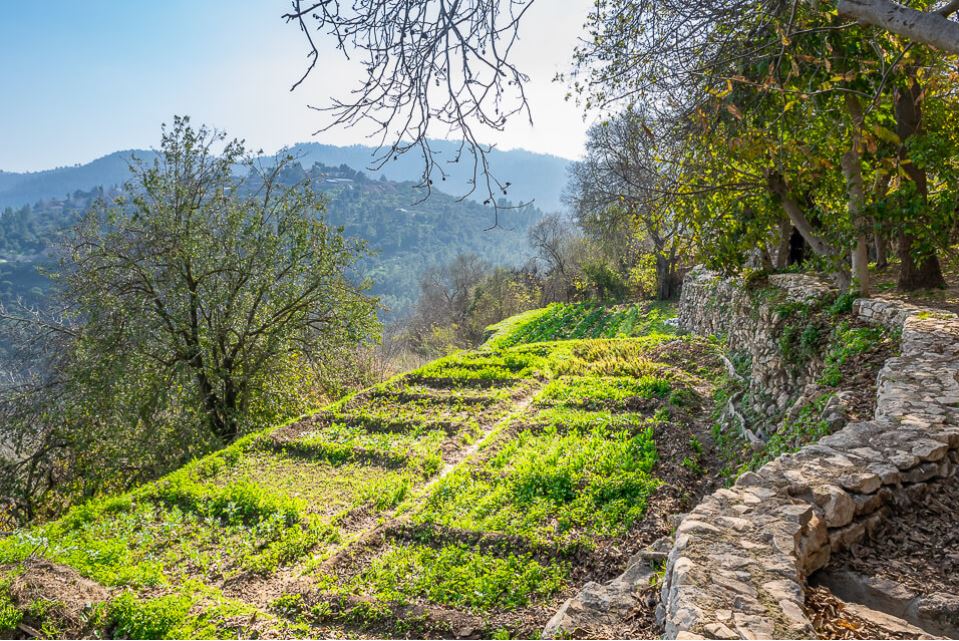
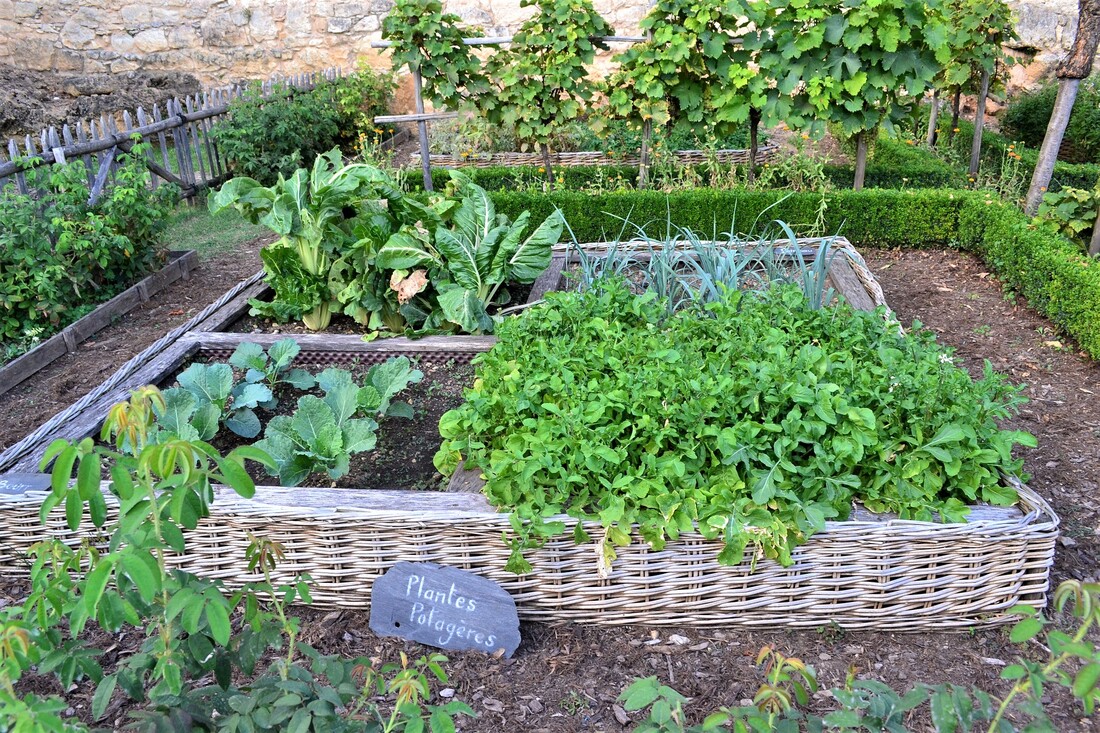
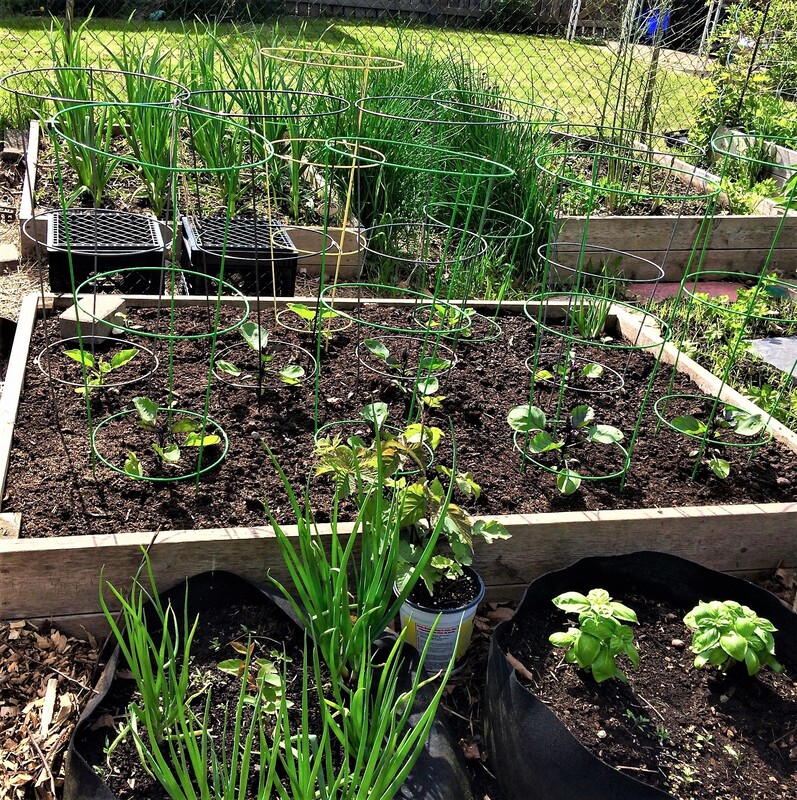
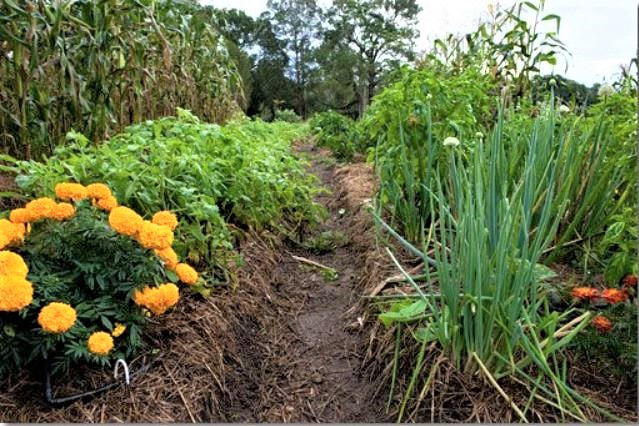
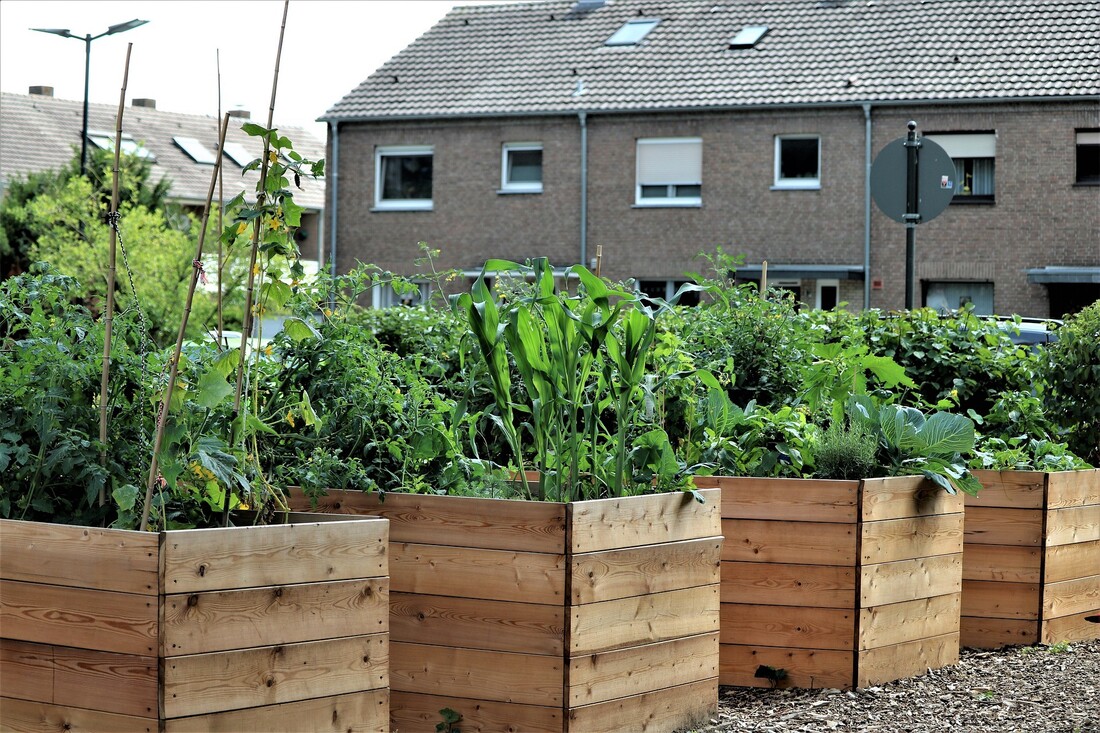
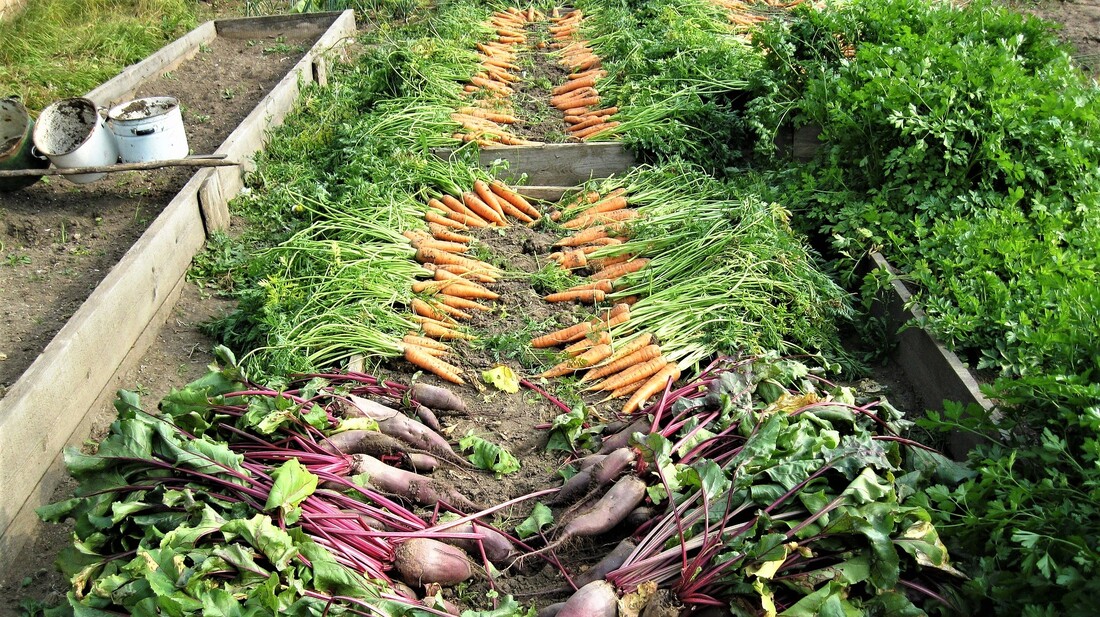
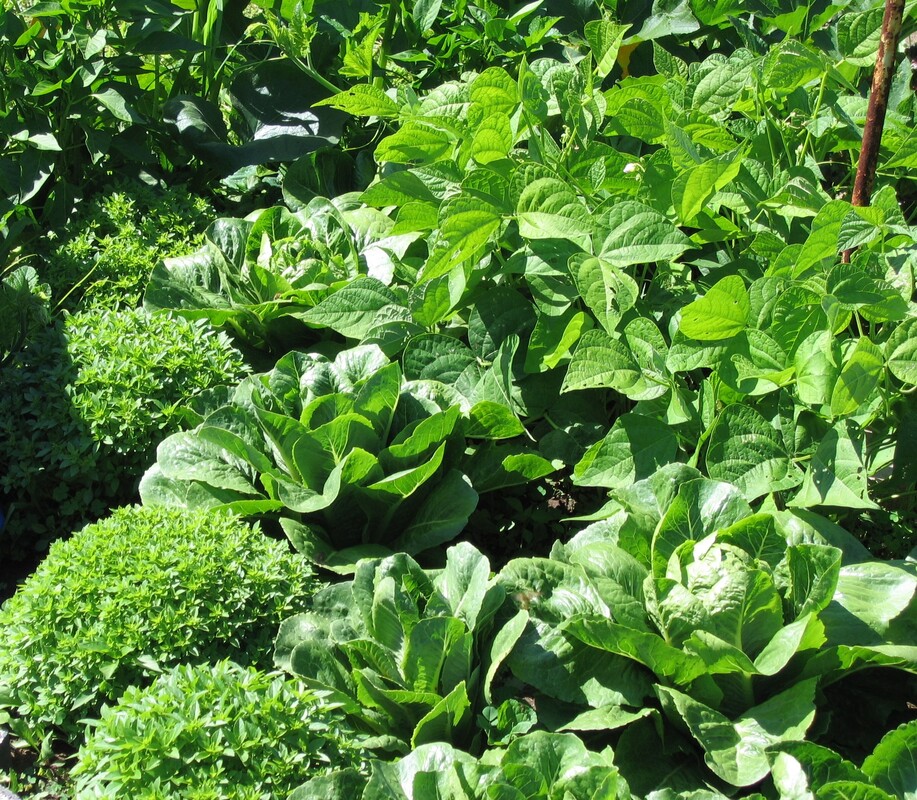
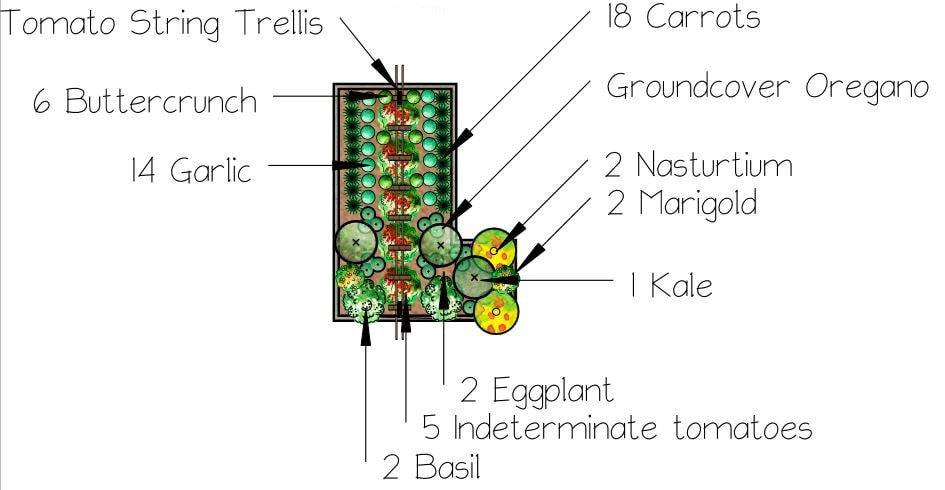
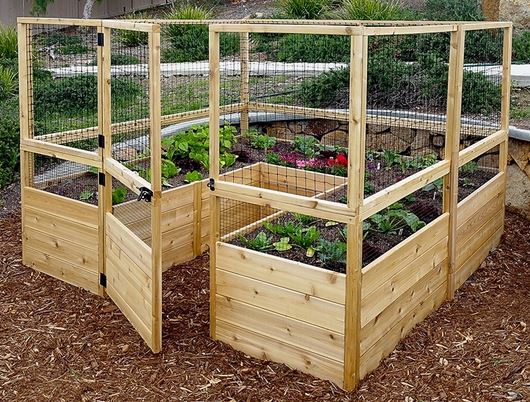
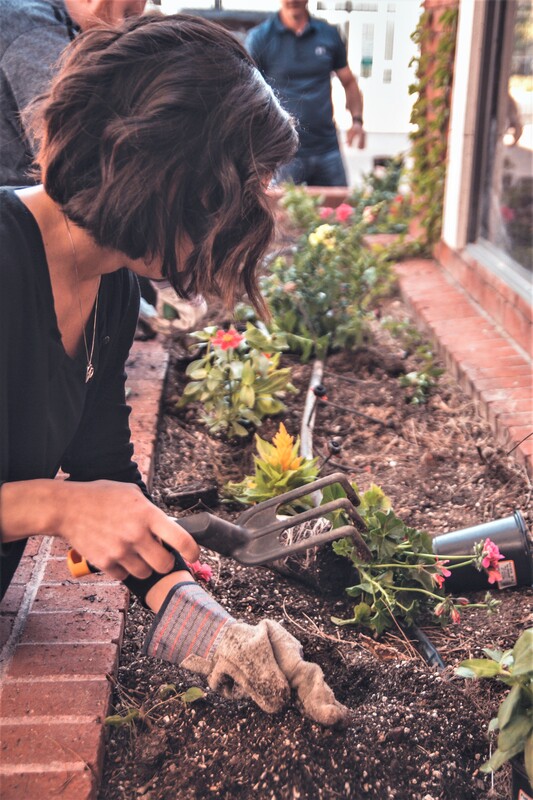
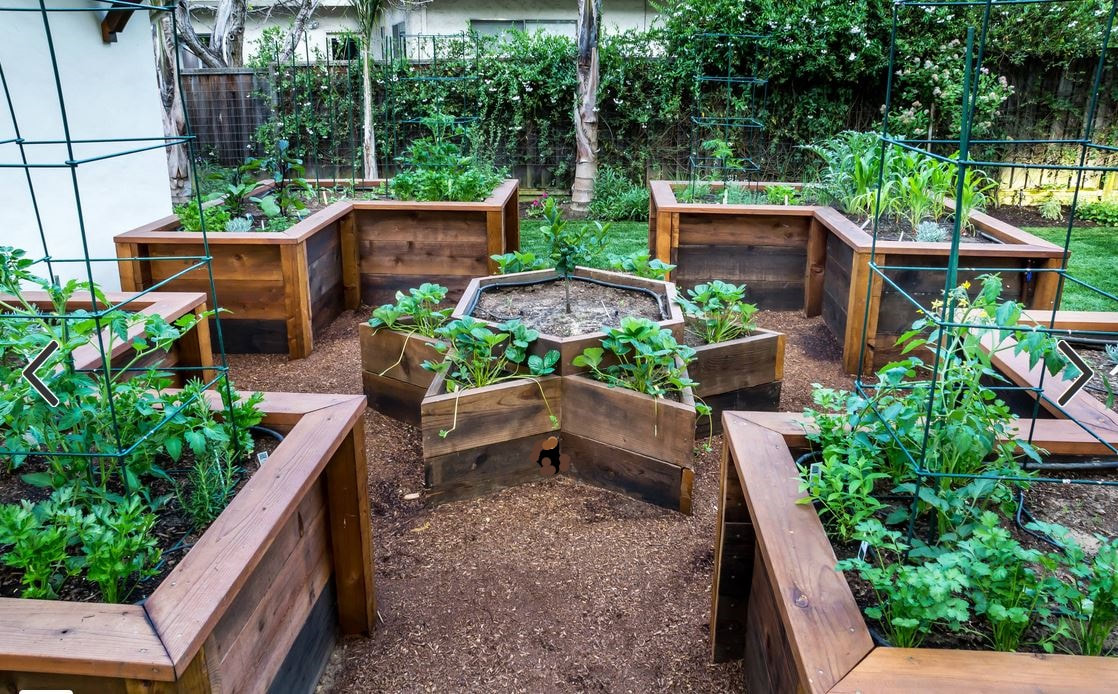
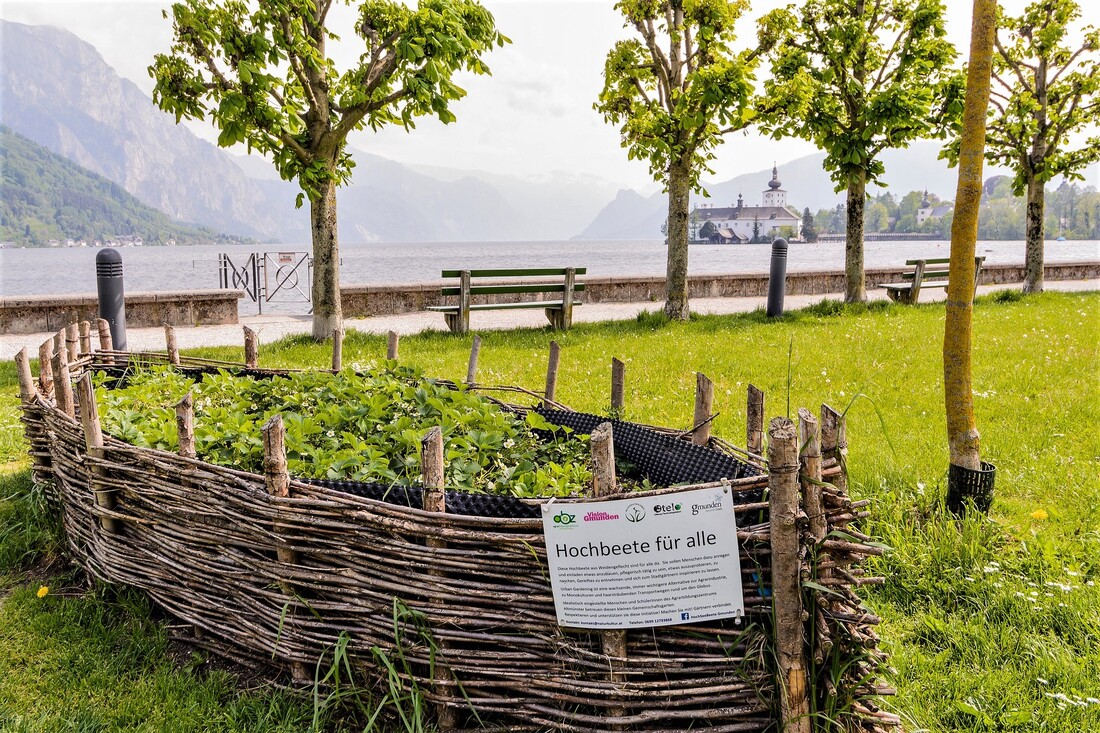
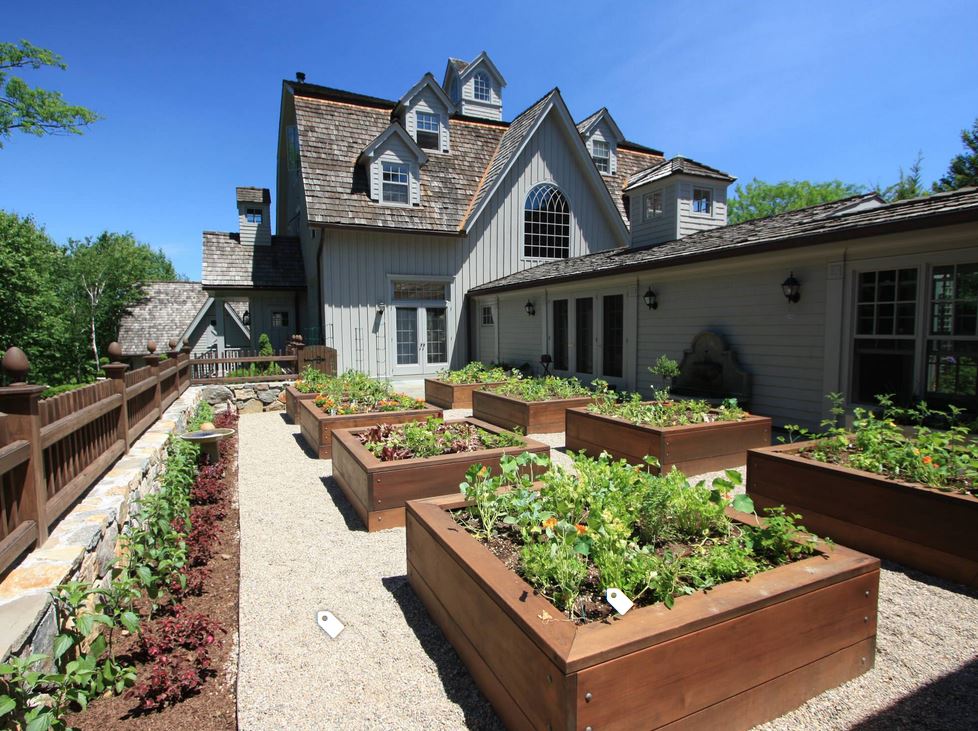
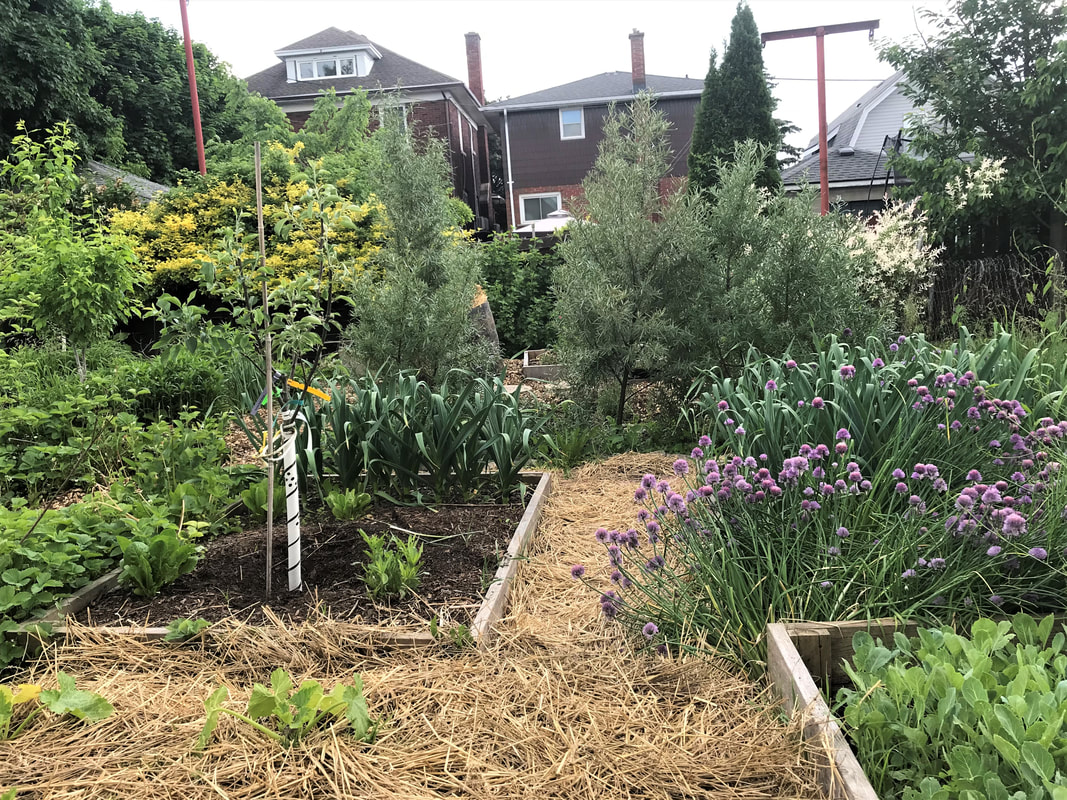
 RSS Feed
RSS Feed